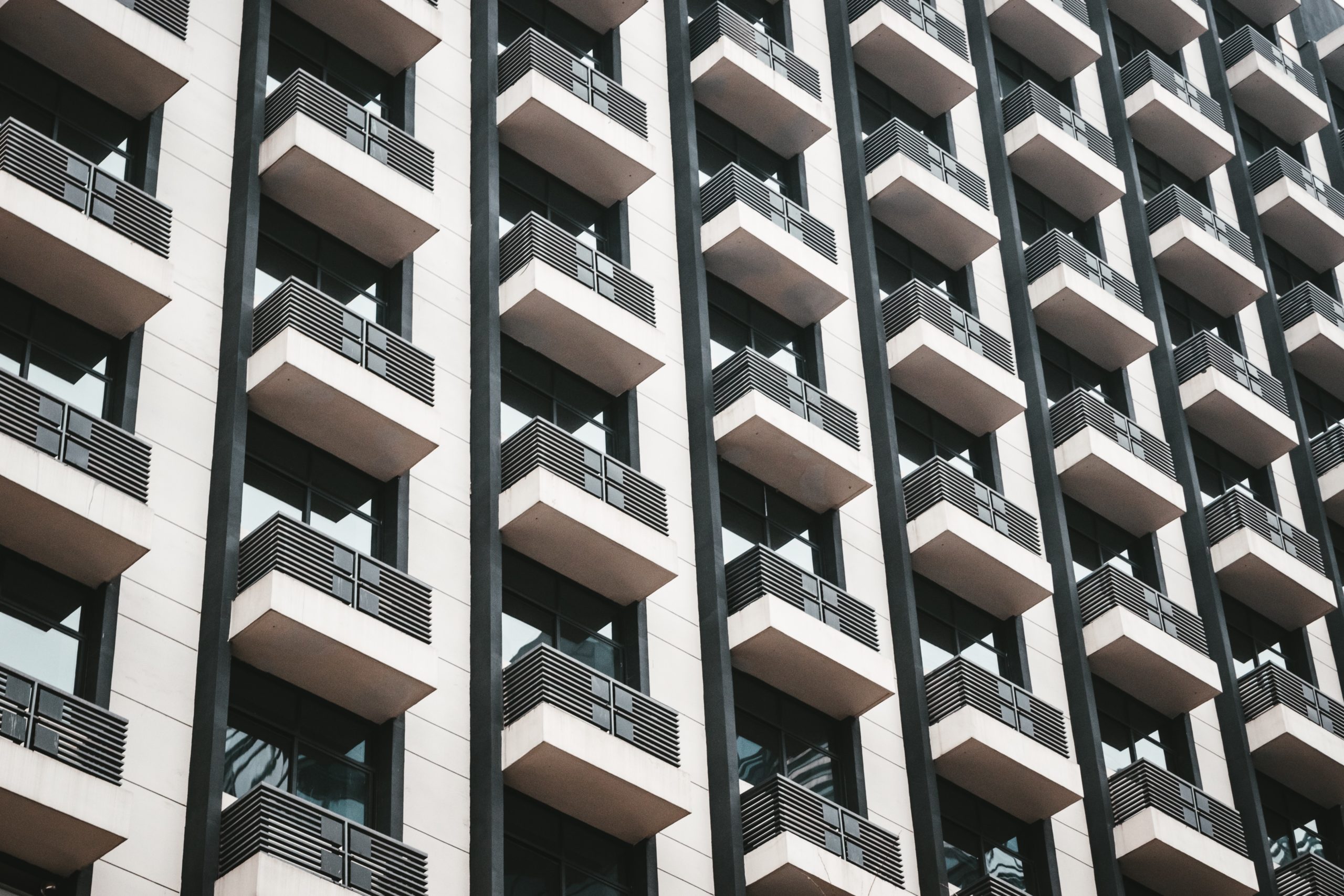
An architect’s craft is more than just creating built environments, instead, these built spaces of interaction are venues for communication and inception of new ideas. Architecture has a great impact on how its occupants live and think. At the same time, a designed space affects its surroundings and the whole community as well.
Public spaces, places of commerce, transportation, and even our humble abodes influence people in the way they live, perceive and think. Built spaces are about people and by their people.
When people are put together, they can behave in many surprising ways. When placed in a space, people will tend to communicate and collaborate just as when observing people in a crowd. While designed spaces can never fully control people, they can encourage or discourage movement and behavior. The unpredictability of human interaction makes designing social spaces the most challenging work an architect can partake.
Architecture is known as the marriage of art and science, and, arguably an embodiment of different fields in humanities and social sciences.
Beginnings
The role of built spaces as an interactive space can be seen at the very onset of human civilizations. In 2011, a review by Wil Roebroeks and Paola Villa state that fire is used in Europe around 400,000 years ago as ancient humans expanded into colder climates. For the cave dwellers, they gather around a firepit were eating, sleeping, making tools and, other daily activities take place.
Roman and Greek architecture are great examples of how architecture influences people in their interactions with society. Thermae, stoa, temples, and theaters are a few examples of communal spaces during ancient times.
Architecture and Social Interactions:
A Common Ground for the diverse building that is intended for public use can be a common ground for people with different philosophies or cultures to come together and express openly. It is a stage where people can openly express, work, and share ideas comfortably.
Public parks, for instance, are designed with the community in mind. Amenities such as picnic grounds, bike lanes, and cycling create activities that individuals and families can enjoy.
This is key to building vibrant neighborhoods and lively communities. With a community space where shops, groceries, residences, and others that bring different families together to a single communal space. A neighborhood with multiple nodes of destinations create a layered multiplicity of experiences. This structure fosters connection and communication while creating culture from the daily routines that interplays within the community.
As architecture values human experiences, it creates spaces where social connections are created among different cultures. Museums, galleries, and monuments can provide a glimpse if not tell stories of the past for generations to see.
Architecture educates us making us closer and understanding of different philosophies and cultures.
Probably the best example of how a place creates a new culture is our learning environments. Where a school houses students with different backgrounds congregate and build new social circles and networks.
Let’s not forget that architecture brings families together. Homes are designed in the context of their owners’ preferences and their ways of living. The residential building is the perfect example of how architecture can bring a balance between aesthetics and function. With a common space that both serves individual and communal needs of the family.
With the advent of technology, the concept of space may obscure as traditional social interactions through physical spaces are challenged by online and remote communication. But as social beings, our sense of belongingness and need for social connections to a personal level is still innate within us. And, there’s a sense of authenticity and deeper connection when it comes to the traditional social interaction compared to the online version.
As a conceived design can either unite or isolate us, the architecture will definitely stay as a powerful force that the society will have in the many years to come.